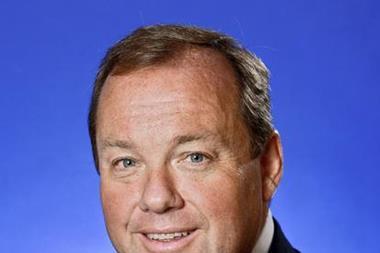Insurers favour flight-proven missions in the lucrative space market.
The cost of insuring spacecraft has soared 15% following a series of claims over the last year according to Aon.
The broker said five in-orbit failures meant the market was expected to remain volatile until at least the end of this year.
The incidents include partial failures of satellites AMC 16, Nigcomsat, Galaxy 26 and Eutelsat W5. Satellite AMC 16 suffered ongoing failures in its power-generation capacity at a level high enough to trigger a claim.
In addition, there were two failed rocket launches in 2007 and another failure in early 2008. With just 15-20 rocket launches insured a year, the space insurance market has a very narrow spread of risk.
Peter Elson, senior managing director of Aon Space, said some players had the foresight to secure long-term insurance deals in 2007, when rates were still low. Others would be hit by soaring premiums, he warned.
Elson added: “The market is differentiating among operators and flight-proven spacecraft and launch vehicles. Well received risk profiles from the top tier operators will continue to attract significant competition for their business. Aon expects further differentiation in pricing not only between risks but also among insurers for any given risk. Only spacecraft and launch vehicles with a significant number of consecutive successful missions will be afforded the best rates in the market.”
Despite the losses, the space insurance market remains profitable. Space insurers earned about $411m (£230m) in premium in the first two quarters of 2008, compared to $252m of claims.
The figures were revealed in the Aon Space Market Review for the second quarter of 2008.
Hosted by comedian and actor Tom Allen, 34 Gold, 23 Silver and 22 Bronze awards were handed out across an amazing 34 categories recognising brilliance and innovation right across the breadth of UK general insurance.












































